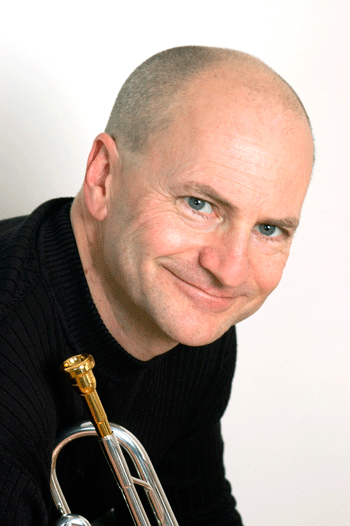Back in the day, record players would drop a stack of 45 rpm singles, one at a time, onto the platter, an early example of a playlist.
Decades later, CD changers would play tracks at random from a group of CDs, an early example of shuffle play.
These days, when most people have thousands of musical tracks available at the push of a button, it is undeniably convenient to let the device choose what to play.
Listening to your music collection on shuffle or setting a streaming service on “radio” is a good way to discover or rediscover music. Still, there is a lot to be said for listening to an album, which, by the way, is a term that dates back to the transition from 78 rpm records to 33-1/3 rpm Long Play (LP) records.
Cohesive Work
Artists carefully consider the music to be included on a record (another surviving term) and the order in which the selections appear, just as they would pick a set list on a live gig. As listeners, we should respect the artist by listening—at least once—to a record in its entirety before dumping the songs into ever-expanding music libraries.
Beyond that moral imperative lies an enriched experience for the listener: hearing an album as a cohesive work of art rather than a collection of individual tracks.
Listening to a string of musical selections that are unrelated to each other tends to dissipate your interest and limit your involvement with the music, which is more likely to be relegated to the background.
Focused Attention
There is nothing wrong with listening to music in the background, but focused attention yields rewards for the listener, particularly one who aspires to play music.
For these benefits, it’s better to focus on a specific artist at a specific point in his or her career rather than a random sampling.
So the next time you push play, go an extra step and choose an album. You may find that you enjoy listening to music more when you are not lost in the shuffle.
About the Author
Chase Sanborn is a jazz trumpet player based in Toronto. He is on the faculty at the University of Toronto and is the author of “Brass Tactics,” “Jazz Tactics,” “Tuning Tactics” and “Music Business Tactics.” Chase is a Yamaha Artist.
Visit his website at www.chasesanborn.com. Questions about all things brass-related can be sent to info@chasesanborn.com.


